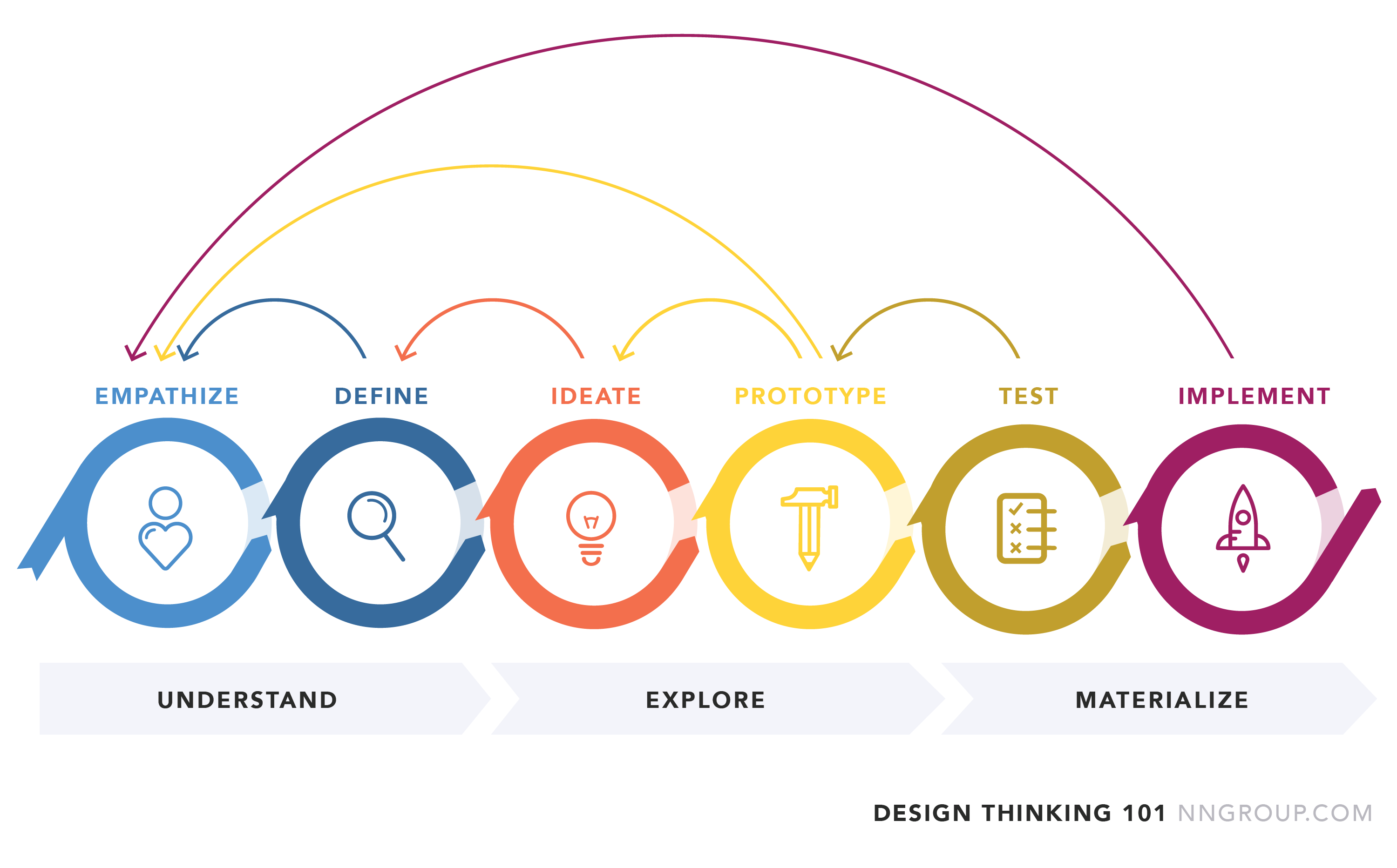NASA (Under Construction)
While I am still working on this page, feel free to explore
Our Team's Website
or read
Our Team's Medium blog in the mean time.
Otherwise, please expect some incompleteness below as I work on this page.

TL;DR
My Role
Lead UX Researcher
The Team
Daniel Le Compte, Isabel Ngan, Phil Gase, Nandhini Gounder, Akshaya Madhavan
Summary
Summary here :)
My focus: Spearhead initial interviews (including writing interview guides, research ops., and synthesis.), assist in design of the simulated mission,

Problem Space
The NASA AMES HCI group tasked our team with building on NASA’s existing communication and planning tools, Mission Log and Playbook, to improve and redefine asynchronous communication between crew and ground in deep space missions. Currently, synchronous crew and ground communications are crucial for successful procedure execution. Ground provides crew real-time assistance for task support, troubleshooting, and more. However, synchronous communication will not be possible in deep space missions due to inevitable communication delays, so there must be increased support for asynchronous communication tools. Advancing Mission Log and Playbook is necessary for the success of NASA’s future missions that take crew beyond the moon.

Generative Research
To establish a foundation of knowledge about space missions and the role of communication, our team conducted subject matter expert interviews, ran a simulated experiment mission, and read through literature. Through each method, we wanted to understand synchronous communication and what areas of communication would be affected by a time delay.
Subject Matter Expert (SME) Interviews
In the world of space travel and communication, there is a massive wealth of information and knowledge that Subject Matter Experts have, both in understanding how various missions have run effectively previously (or not!), and in understanding how future missions might evolve or change crew's and MCC's needs and challenges.
Simulated Mission v1.0
To immerse ourselves in the context of the problem space with users, we created an analogous domain "Simulated Mission" to get a deeper understanding of asynchronous communication in team-based environments that are similar in key ways to what astronauts and MCC will experience. We started off by simulating a task focused on remote instruction, where our “Mission Control” participants guided the Crew on how to build a lego space shuttle using only time delayed messages.
Literature Review
To fill out our research approach and ensure we are gathering as much "state-of-the-art" research and knowledge on asynchronous communication, we conducted literature review to better understand our 6 research areas. We selected papers that provided context around analogous missions and studies to help us understand current practices for asynchronous communication as well as cognitive burden.
Somethine else here?

Design through Research
Our second round of research helped us corroborate our previous findings, as well as explore what the far future of space communication tools might look like with the use of AI. We discovered that users prefer an AI system that is perceivable, predictable, and controllable.
Methods We found that Playbook is currently situated and built around the current state of space operations. At present, missions are conducted in near synchronicity between MCC on earth and crew in space (e.g. International Space Station operations). However, for deep-space-missions, MCC won't be able to communicate with crew in real-time and Crew can't depend on MCC for support. This means that rapid support will be needed for crew.
Our goal was to imagine and test different futures of space communication. This helped us build a roadmap to the future state, and it’s in the blue sky that we can generate far-term solutions that have the potential for significant impact on mission communication.
Storyboarding and Speed Dating
To validate the needs we have found through our generative research methods, we tested storyboards of potential solutions by putting them in front of SME's who have crucial experience in participating as crew in analogous domain missions as well as MCC roles. Assessing the viability of these solutions and soliciting feedback is important to confirm that we are addressing the right needs and that our potential solutions address those needs.
Simulated Mission v2.0
To corroborate data from Speed Dating on the viability of our solutions, we needed to test our ideas in the context of potential use, which pushed us to create a more thorough idea of a testing ground to use this summer. This expanded simulated mission addresses EV/IV scenario of collecting scientific evidence for ambiguous research goals in coordination with MCC. This scenario allows us to test complex and innovative ideas like AI and Automation.
Competitive Analysis
To prepare best for summer prototyping of our ideas for Playbook and Mission Log, we conducted a competitive analysis of 10 different modern, on-the-market tools for communication. This allows us to see what is currently viable, most desirable and used on the market, and what design patterns or trends simply work or don't work in communication tools. We can use this information to drive inspiration and understanding of how we might overhaul a communication interface like Mission Log.

Iterative Design with Evaluation

The last 10 weeks of our project involved a core working period of iterative design and evaluation, going through X rounds of Ideating, Prototyping, and Testing, This iterative process (which we followed in one-week sprints) allows us to quickly assess new ideas, collect data and feedback, and to move onto new ideas and solutions rapidly. This pushes the team to create value, and to drop ideas that do not work out - which is particularly easy since no ideas is focused on for more than a week.

End Result
What happened as a result of this work? Why does it matter in the grand scheme of things?
